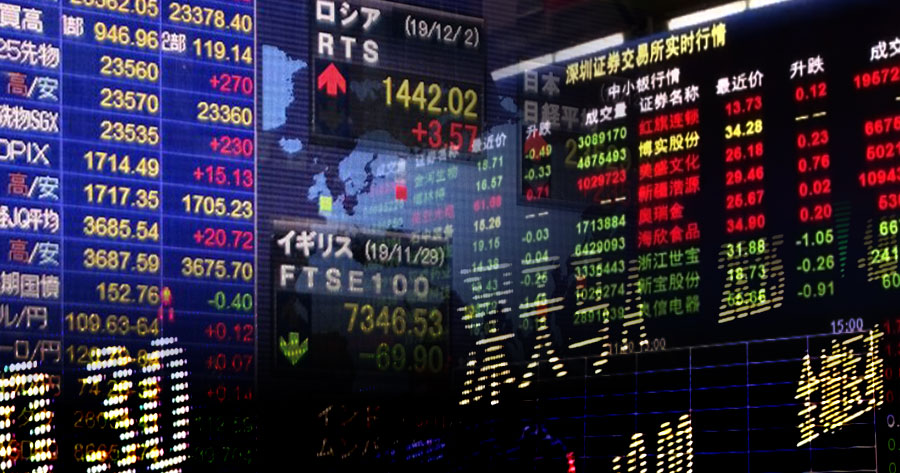Asian shares mostly dropped on Monday after China reported a second-quarter GDP miss.
As of 9.38 A.M. Bangkok time, the Shanghai Composite in mainland China fell 1.10%. Growth of the world’s second largest economy in the second quarter came in at 6.3% from a year prior, missing expectations of economists polled by Reuters for a 7.3% growth. An expansion in the second quarter rose 0.8% from the first quarter, slower than a 2.2% pace shown in the first three months of this year.
Meanwhile, the unemployment rate among young people ages 16 to 24 in June came in at 21.3%, which was a new record.
In Australia, the S&P/ASX 200 was marginally higher. Later this week, the office will publish unemployment figures that will provide insight into the Reserve Bank of Australia’s rate decisions.
South Korea’s Kospi dipped 0.32%.
Japan’s markets are closed for Marine Day.
Meanwhile, with a warning in place for Typhoon Talim, Hong Kong’s markets are expected to be closed on Monday. According to the Hong Kong Observatory, storm signal No. 8 will be in force until at least 4 p.m.
If the typhoon signal is No. 8 or above, the Hong Kong Exchange will typically hold off the morning trading sessions, and if the warning is still in effect at noon, the trading sessions for the day will be canceled.
Strong earnings results from some of the largest banks and firms started off earnings season on Friday, causing a mixed day on U.S. markets. The Dow Jones Industrial Average reached its highest level since March.
Despite declines of 0.10% and 0.18% respectively, the S&P 500 and Nasdaq Composite reached their respective intraday highs not seen since April 2022.
Fed Governor Christopher Waller stated last week that he anticipates two more rate hikes this year to drive inflation down to the 2% target; but, additional positive signs on prices could remove the need for the second hike.
Based on current swaps prices, market participants believe Fed will almost certainly raise its benchmark rate by another 25 basis points at their meeting this month, with a roughly one-third possibility of one more such rise before stopping its cycle.





